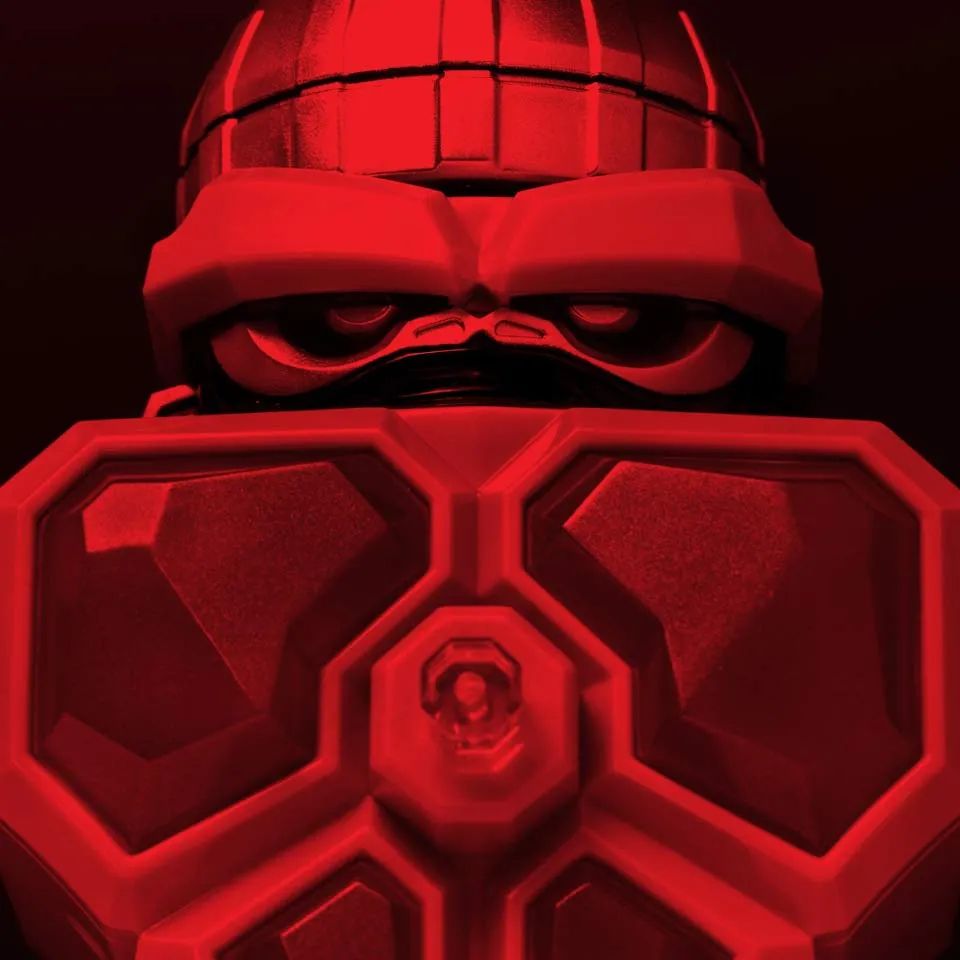The Golem with a Group of Children Dancing
Article in the Exhibition Catalogue GOLEM
Karin Harrasser
As Gilles Deleuze and Félix Guattari write in the beginning of the “Refrain” chapter in A Thousand Plateaus: “For sublime deeds like the foundation of a city or the fabrication of a golem, one draws a circle, or better yet walks in a circle as in a children’s dance, combining rhythmic vowels and consonants that correspond to the interior forces of creation as to the differentiated parts of an organism. A mistake in speed, rhythm, or harmony would be catastrophic because it would bring back the forces of chaos, destroying both creator and creation.”
In this chapter, the authors treat the development of a vocabulary that facilitates an understanding of the complex dynamics of renewal and stabilization in art as well as in society.1 They ask how innovation comes to be in the world and, perhaps a more complex question, how do we adapt to a modern world that is influenced more profoundly by crises and upheaval than by traditions and repeating cycles. The recurrent refrain, the ritornello, the circle dance are all forms that provide sufficient security to permit ventures to try something new. It is difficult to say whether the authors had pictures of the golem and the dancing children from Paul Wegener and Carl Boese’s film in their mind’s eye. Yet it is rather certain that Paul Hindemith’s 1930 children’s opera Wir bauen eine Stadt (We Are Building a City) resonates in the imagery. The children create a city void of adults. In the tradition of workers’ songs, the actions of construction are accompanied rhythmically and musically: “If you give me gravel, I’ll give you sand.—If you bring me water, I’ll stir the lime.” Especially in view of the destructive force of technology that many people experienced, Hindemith’s children’s opera is well-nigh touchingly naïve with regard to the creation of something new. The new city of the children aims to be “the most beautiful of all,” providing shelter to people from all over the world. The Golem: How He Came into the World dramatizes just the opposite in everything: the horror of human creations becoming independent of their creators, the vulnerability and isolation of the ghetto, (denominational) differences as unbridgeable problems. But doesn’t the film nevertheless end on a hopeful note when a tender gesture—a young girl removes the Star of David from the chest of the golem out of pure curiosity—triggers a turning point? The image of the children playing with and on the resting golem introduces at least the possibility of a peaceful life outside the ghetto and the controllability of technology. Greater optimism was in fact not possible in 1920.
Karin Harrasser is professor of Cultural Theory at the University of Art and Design in Linz, Austria. A main focus of her research in recent years has been a history of prosthetics both cultural and theoretical. She completed her postdoctoral dissertation (Habilitation) on Prostheses: Figures of a Damaged Modernity. She and Elisabeth Timm are editors of the Zeitschrift für Kulturwissenschaften.
Translated by Allison Brown
- Gilles Deleuze and Félix Guattari, A Thousand Plateaus: Capitalism and Schizophrenia, trans. Brian Massumi (London and New York: Continuum, 1987), 311. ↩︎
Filmstill from the movie The Golem, How He Came Into the World (Der Golem, wie er in die Welt kam); director: Paul Wegener/ Carl Boese, script: Paul Wegener/Henrik Galeen, Deutschland, 1920; Deutsches Filminsitut Frankfurt a.M./ Nachlass Paul Wegener - Sammlung Kai Möller
Citation recommendation:
Karin Harrasser (2016), The Golem with a Group of Children Dancing. Article in the Exhibition Catalogue GOLEM.
URL: www.jmberlin.de/en/node/4699

Online Edition of the GOLEM Catalog: Table of Contents
The Golem in Berlin: Introduction by Peter Schäfer
Chapter 1
- The Golem Lives On: Introduction by Martina Lüdicke
- My Light is Your Life: Text by Anna Dorothea Ludewig
- Avatars: Text by Louisa Hall
- The Secret of the Cyborgs: Text by Caspar Battegay
Chapter 2
- Jewish Mysticism: Introduction by Emily D. Bilski
- Golem Magic: Text by Martina Lüdicke
- Golem, Language, Dada: Text by Emily D. Bilski
Chapter 3
- Transformation: Introduction by Emily D. Bilski
- Jana Sterbak’s Golem: Objects as Sensations: Text by Rita Kersting
- Crisálidas (Chrysalises): Text by Jorge Gil
- Rituals: Text by Christopher Lyon
- A Golem that Ended Well: Text by Emily D. Bilski
- On the Golem: Text by David Musgrave
- Louise Fishman’s Paint Golem: Text by Emily D. Bilski
Chapter 4
- Legendary Prague: Introduction by Martina Lüdicke
- Golem Variations: Text by Peter Schäfer
- Rabbi Loew’s Well-Deserved Bath: Text by Harold Gabriel Weisz Carrington
Chapter 5
- Horror and Magic: Introduction by Martina Lüdicke
- Golem and a Little Girl: Text by Helene Wecker
- Current page: The Golem with a Group of Children Dancing: Text by Karin Harrasser
- Bringing the Film Set To Life: Text by Anna-Carolin Augustin
- Golem and Mirjam: Text by Cathy S. Gelbin
Chapter 6
- Out of Control: Introduction by Emily D. Bilski
- Golem—Man Awakened with Glowing Hammer: Text by Arno Pařík
- Dangerous Symbols: Text by Charlotta Kotik
- Be Careful What You Wish For: Text by Marc Estrin
Chapter 7
- Doppelgänger: Introduction by Martina Lüdicke
- From the Golem-Talmud: Text by Joshua Cohen
- Kitaj’s Art Golem: Text by Tracy Bartley
- The Golem as Techno-Imagination?: Text by Cosima Wagner
See also
- GOLEM: 2016, online edition with selected texts of the exhibition catalog
- GOLEM: 2016, complete printed edition of the exhibition catalog, in German
- Golem. From Mysticism to Minecraft: Online Feature, 2016
- GOLEM: Exhibition, 23 Sep 2016 to 29 Jan 2017

